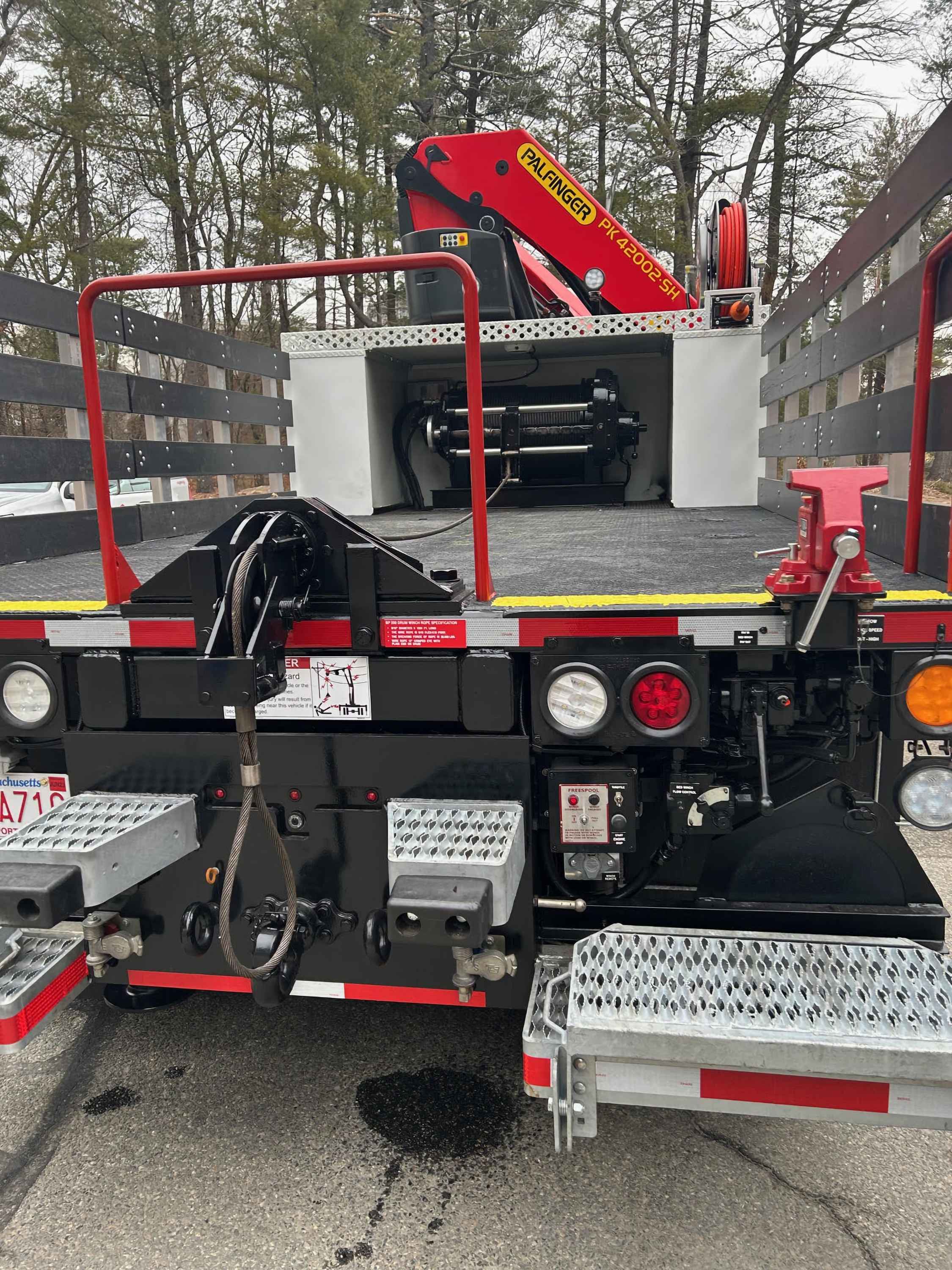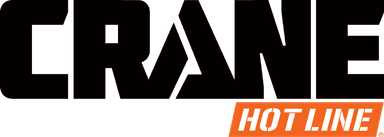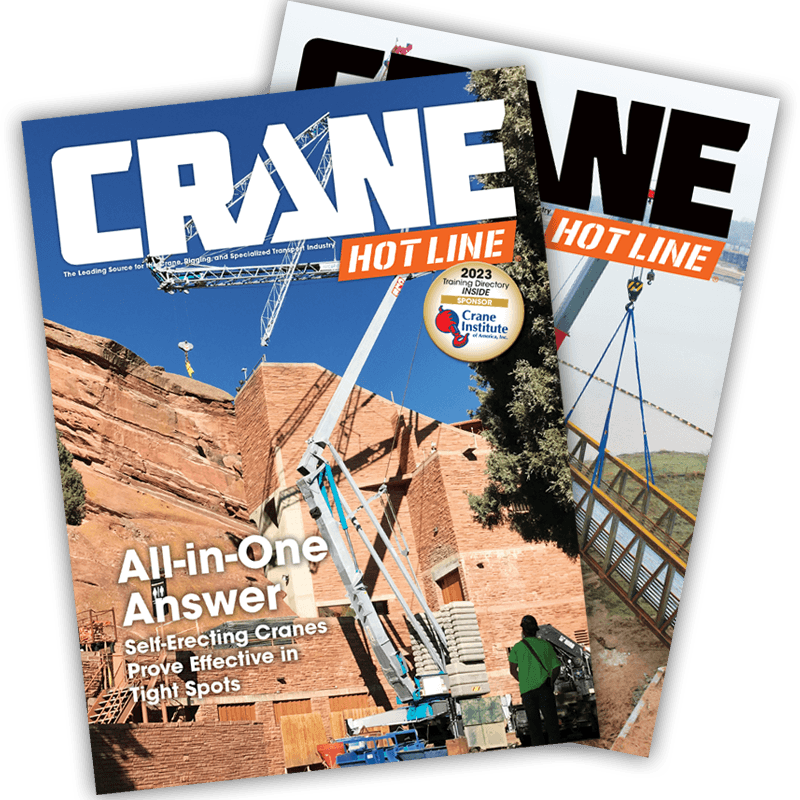Undergrounding: Specialized Winches Drive Smarter, Safer Cable Pulling
(Sponsored Content) — Across the U.S., utilities are taking bold steps to modernize and harden the power grid against increasingly severe weather events and wildfire threats. With 6 million miles of line and 180 million power poles in operation nationwide, upgrading America’s electric infrastructure has become a critical mission — and undergrounding is a major part of that conversation.
Why Utilities Are Going Underground
Burying power lines significantly reduces outage frequency, improves reliability, and helps eliminate fire ignition risks.
-
Florida Power & Light (FPL) reports six times fewer outages during severe weather events and 50% fewer day-to-day interruptions on underground systems.
-
Pacific Gas & Electric (PG&E) found that undergrounding can cut wildfire ignition risk by up to 98%.
The reliability benefits are clear, but cost and logistics remain the biggest hurdles. In some regions, installing underground lines can be up to ten times more expensive than overhead construction. Soil conditions, existing infrastructure, and terrain complexity all influence the feasibility and price of each project.
That’s why utilities and their contractors are turning to smarter equipment and specialized tools to make undergrounding faster, safer, and more predictable.
Investing in Smarter, More Efficient Solutions
The Department of Energy’s ARPA-E initiative recently committed $34 million toward grid-strengthening technologies that lower costs and accelerate undergrounding efforts. At the state level, long-term programs in California and Florida are prioritizing areas based on wildfire and flood risk, as well as past outage performance.
In the field, success comes down to execution — how efficiently and safely crews can complete cable pulls once the conduit or ducting is in place. That’s where purpose-built winches and mounting systems are proving essential.
Winches Designed for the Demands of Undergrounding
After trenching or boring, crews must pull heavy high-voltage cable through underground conduits without kinks, snags, or tension spikes. Specialized winches engineered for cable-pulling provide the controlled power and precision needed to complete these pulls efficiently while protecting expensive cable assets.
DC Bates Equipment, based in Massachusetts, has built its reputation on designing and outfitting trucks, trailers, and lifting equipment for utilities and crane operators across the Northeast. Partnering with BRADEN, the company offers the BP200C cable-pulling winch, engineered to deliver the torque, control, and reliability that today’s undergrounding projects demand.
The BP200C’s two-speed motor offers smooth, low-speed control for delicate pulls and faster operation when conditions allow. A sprag clutch eliminates fallback during reel-out, while an adjustable low-drag free spool simplifies manual cable handling. Together, these features allow operators to work efficiently without compromising cable integrity or crew safety.

“The first thing we do is determine the winch location and design the proper subframe for the winch to be installed,” says Don Bates, owner of DC Bates Equipment. “We spend time with the utility companies to make sure their specification is right, from the valving and hydraulic lines for the winch to how they want to mount the operator’s controls.”
Precision That Protects Cable and Budgets
For utilities, minimizing cable damage is critical to controlling costs. A single incident of overstress, abrasion, or misalignment can lead to expensive rework or material loss. The BP200C addresses these risks with an active level wind system that evenly lays wire rope on the drum, preventing kinks, bird nesting, and backlashing during long pulls.
“Every underground job has its challenges,” Bates explains. “You have to factor in the size of the cable, the length of the pull, and the winch you should use to do it…The level wind lays down the cable, so it doesn't get misaligned or tangled. You can run the cable faster or slower and (the winch) provides for smooth, controllable pulling action.”
Added Flexibility for Fleet Applications
Beyond its core pulling function, the BP200C can be configured with an extension shaft routed through the truck body to power an optional capstan drive—a useful feature for smaller cable-pulling tasks. A collapsible hose reel can also be mounted as a secondary function, providing an efficient way to handle smaller loads or loose cable.
This flexibility is especially valuable for utility fleet managers, who need equipment that performs across multiple job types and can be adapted for various field setups.
Building the Grid of the Future
As utilities continue to strengthen the grid and expand underground infrastructure, purpose-built winches and truck-mounted systems will remain essential tools. Their ability to handle demanding pulls with precision and reliability helps contractors reduce risk, control costs, and keep modernization projects moving forward.
About DC Bates Equipment and BRADEN
DC Bates Equipment is a Massachusetts-based builder and outfitter specializing in custom truck, trailer, and material-handling systems for the utility and crane industries.
BRADEN, a brand of Arrowhead Winch, is a global leader in hydraulic winches, hoists, and drives engineered for performance, reliability, and safety across a wide variety of demanding applications.



